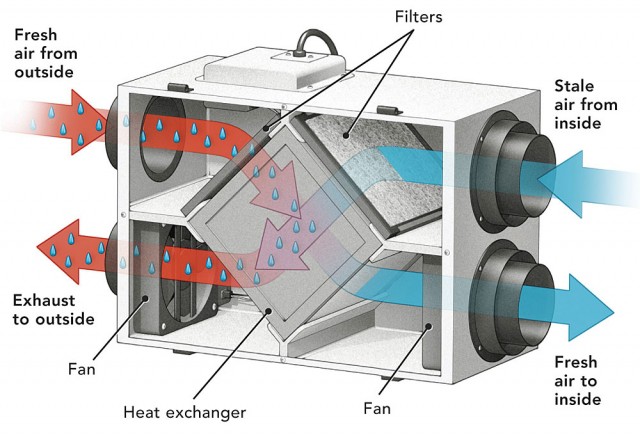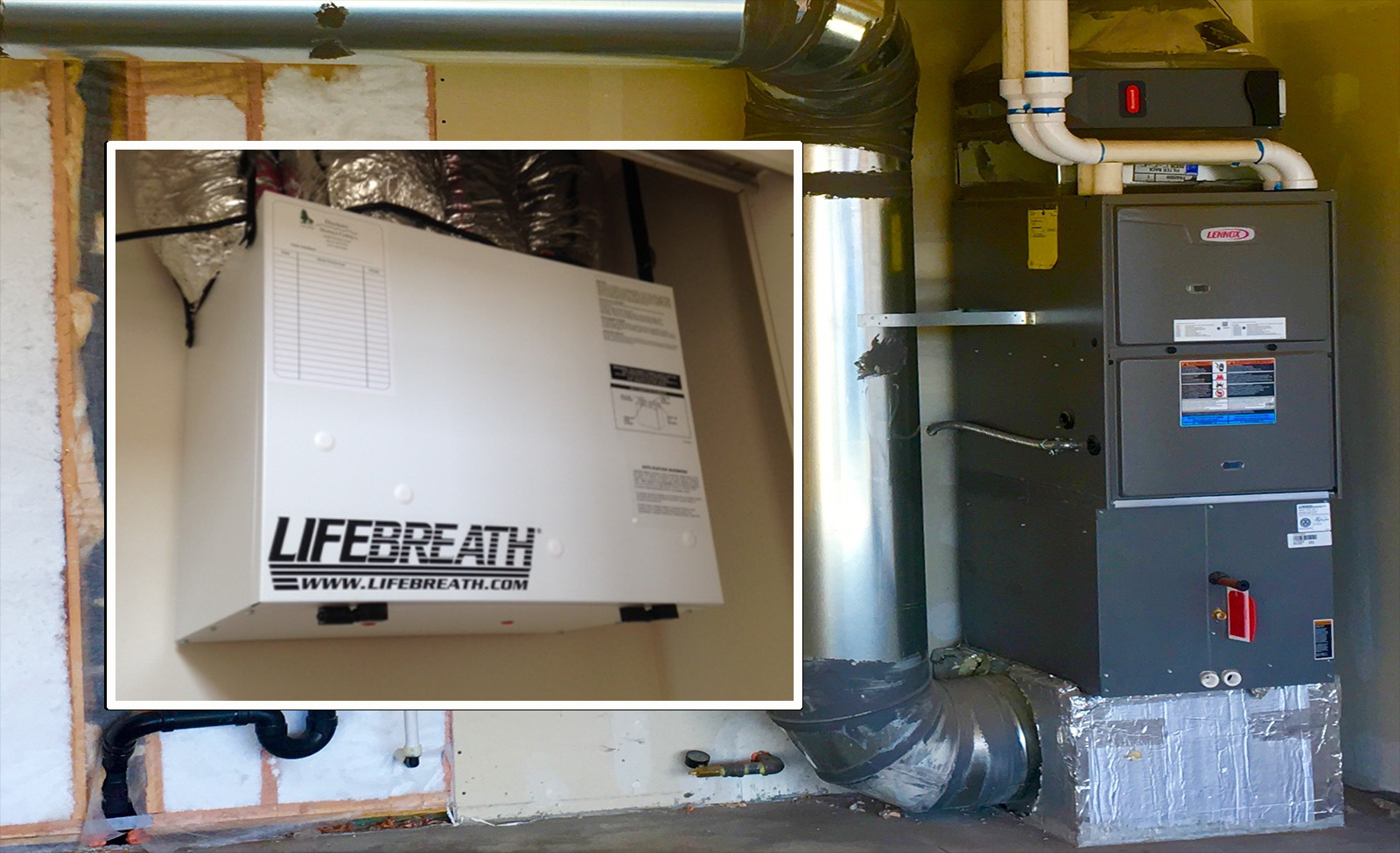Checking out the Conveniences of Heat Recovery Ventilation for Power Performance in Residences
Heat Recovery Ventilation (HRV) systems offer homeowners a sensible method to improving power efficiency. By reclaiming heat from outbound air, these systems can considerably minimize home heating and cooling costs. Additionally, they supply a consistent supply of fresh air, improving interior air quality and convenience degrees. As home owners consider lasting alternatives, recognizing the nuances of HRV systems ends up being increasingly essential. What aspects should one review prior to making such a financial investment?
Comprehending Heat Recovery Ventilation Equipments

Exactly How HRV Boosts Indoor Air Top Quality

Power Cost Savings: The Financial Advantages of HRV
Making the most of power effectiveness, heat recovery ventilation (HRV) systems offer significant financial advantages for house owners. By recovering and reusing warmth from exhaust air, HRVs substantially reduce heating and air conditioning expenses. This modern technology can bring about energy cost savings of up to 30%, depending upon environment and usage patterns. Property owners frequently see minimized energy expenses shortly after installation, making HRVs an economically sensible financial investment over time. Additionally, several regions offer incentives or rebates for energy-efficient upgrades, better improving the monetary allure. As power costs remain to rise, the cost-effectiveness of HRVs comes to be progressively clear. Generally, the unification of HRV systems not only advertises power performance yet likewise adds to long-lasting financial cost savings for homes.
The Environmental Impact of Heat Recovery Ventilation
A substantial ecological advantage of heat recovery ventilation (HRV) systems exists in their capacity to lower general energy consumption. By reclaiming heat from exhaust air and transferring it to inbound fresh air, HRV systems minimize the demand for energy-intensive home heating and cooling methods. This reduction in power demand adds to lower greenhouse gas exhausts, as much less check my source nonrenewable fuel source is called for to preserve comfy indoor temperatures. In addition, HRV systems improve interior air high quality by effectively exchanging stale air with fresh exterior air, reducing reliance on mechanical cooling systems Get More Information that can damage the atmosphere. On the whole, the implementation of HRV systems sustains lasting living techniques and aligns with worldwide initiatives to fight environment adjustment by advertising power performance in domestic setups.
Picking the Right HRV System for Your Home
Exactly how can house owners guarantee they choose the right heat recovery ventilation (HRV) system for their requirements? They should analyze their home's dimension and layout, as these factors influence air movement needs. Next, examining the system's effectiveness scores is important, as higher rankings indicate better performance and energy financial savings. Property owners ought to likewise think about installation and maintenance expenses, comparing various brand names and versions for worth. Additionally, it is very important to review noise degrees, as some systems operate more quietly than others. Consulting with cooling and heating specialists can give tailored referrals based on particular home conditions. Finally, checking out customer reviews and guarantees can aid in making an educated decision, guaranteeing that the chosen HRV system successfully boosts interior air high quality and power performance.
Regularly Asked Questions

How Often Should I Clean or Preserve My HRV System?
The regularity of cleaning or preserving a warmth recuperation ventilation (HRV) system typically depends on use and environmental variables. Generally, it is advisable to execute maintenance every six months to ensure peak efficiency and air quality.

Can HRV Equipments Help In Reducing Humidity Levels Indoors?
HRV systems can successfully lower interior moisture degrees by exchanging stagnant, humid air with fresh, drier air from outside. HRV Heat Recovery Ventilation. This procedure aids maintain a balanced indoor atmosphere, boosting comfort and avoiding moisture-related problems
What Is the Life expectancy of a Normal HRV System?
The lifespan of a common heat recovery ventilation (HRV) system differs, normally lasting between 10 to 15 years. Normal maintenance can prolong its effectiveness and functional life, making sure peak performance throughout its usage duration.
Exist Any Kind Of Noise Interest In HRV Systems?
Noise worry about HRV systems can emerge, especially from fan operation. Nonetheless, several modern units are designed to lessen audio levels, guaranteeing they operate quietly while maintaining efficiency, which resolves potential disruptions in living settings.
Can I Set Up an HRV System Myself, or Do I Required a Professional?
The private contemplated whether to set up the heat recovery ventilation (HRV) moved here system personally or employ a specialist. Typically, while do it yourself setup is feasible, know-how guarantees correct functionality and compliance with local building ordinance, improving system efficiency.